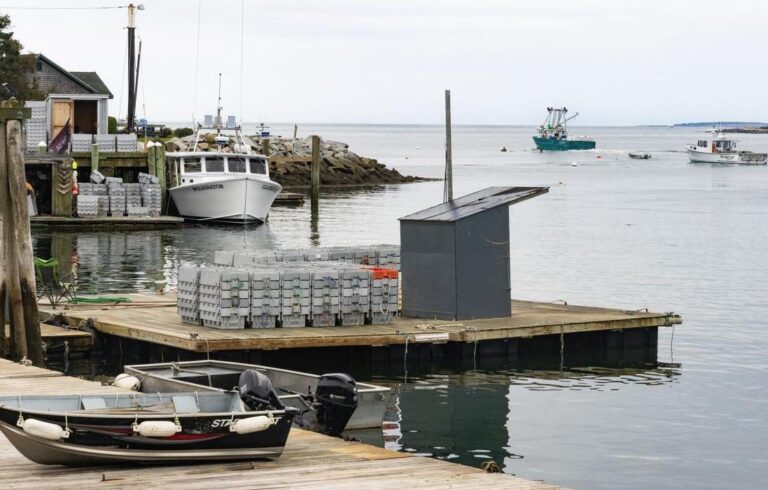Linguists assure us that language is alive, always evolving. New words and reconfigurations of words emerge, and old familiar words acquire new meanings. I understand these are perfectly natural developments and I’m so annoyed about it.
For example, hydrate. I remember a time when if someone got thirsty they helped themselves to a drink of water, especially on hot days when they were working hard and sweating. Or when I, as a little kid, came in from rocketing around the yard on my tricycle and drew a drink of water from the kitchen faucet into a Dixie cup, one of three for each family member, lined up on the window sill. (Mom gave us fresh cups weekly; we were very frugal about our throw-aways.)
Nowadays we lug water bottles around with us like an army on the march with canteens, so we can stay hydrated. Thank goodness for reusable ones, because I am loath to think about the overwhelming number of plastic bottles filled with everything wet from actual water to funny colored and flavored liquids with nutritionally-correct sounding names.
Nowadays we lug water bottles around with us like an army on the march with canteens…
Or baby spinach. Did you know that 90% of the baby spinach we buy is grown in Salinas and Santa Maria counties in California or in Yuma County in Arizona? An internet search on “explain baby spinach farming in California” coughed up this: “The number of seeds planted per acre varies from …. 2.7 to 4 million seeds per acre for the two sizes of clipped spinach, baby (leaves 2- to 3.5-inches long), and teenage (leaves 3.5- to 4.5-inches long).”
I haven’t actually seen teenaged spinach in the produce section, but, yikes! That means, of course, there’s spinach never destined to become grown-ups. Baby spinach is not a condition of growth but rather a brand.
And spring mix, which appears all year round. Even though there is always some kind of spring occurring somewhere around the globe, spring mix is merely immature greens of many kinds of salad stuff harvested whenever it’s the right height to be shaved off mechanically. Another branding in lieu of condition of growth.
What I wonder is where they get the special, often red, lettuce which serves as starter slime. Every package has some so if you don’t eat the whole package within a very few days, you’ll discover mucky bits and have to toss the rest and go buy more. Brilliant.
Then toothpicks. A few years ago while authoring a cookbook, I learned that when I advised a cook to check a cake to see if it was completely baked, I should write “insert a tester” to see if it came out clean. Couldn’t say toothpick because that is too, uh, gross? The association of our grubby, germy mouths and cake is, I suppose, unappealing. (Unless you are kissing someone.)
And “tester” is shorter than saying “a short piece of straight-grained white birch, shaved round to a very small diameter, tapered at both ends, designed to fit in tight spaces.”
And share. We share apartments, tools, kitchen spaces, meals, celebrations, ideas, books. As kids we are taught to share our toys. Now the word seems to be used in lieu of describe, express, explain, exclaim, declaim, inform, speak, tell, communicate, utter. You know, say something.
I suspect the influence of human resource management here: “I want to share with you that we have observed your activity here and concluded that we’d like to free you up to explore other employment options.” Kinder, gentler firing.
If someone is coming at me with “share” in their mouth and no plate of cookies in their hands, I might run.
Finally, issues and food issues. Similarly, everyone knows by now that “issue” is a synonym for problems, difficulties of various stripes. “So-and-so has issues,” and we nod our heads understandingly. There sure are a lot of issues with food along with the anxiety that comes with them.
Almost nobody invites a new acquaintance over for dinner without asking if there are food avoidances or allergies to know about.
Packaged food sells well when described by what’s not in it. No gluten, nuts, transfats, GMOs, sugar, etc. Or we see virtue-signaling: organic, probiotic, prebiotic, plant-based, locally-made by an employee-owned company.
Actually, what’s in even trusted brands? Check ingredient lists on the side of the package. Recently I discovered, that a fairly local—New Hampshire—organic, pro-biotic, whole milk yogurt has pectin in it. What? Why the hell do I need pectin my yogurt?
I have an issue with that I’d like to share with those people.
Sandy Oliver is a food historian (as well as a word cop) who gardens, cooks, and writes on Islesboro. She may be contacted at SandyOliver47@gmail.com.





